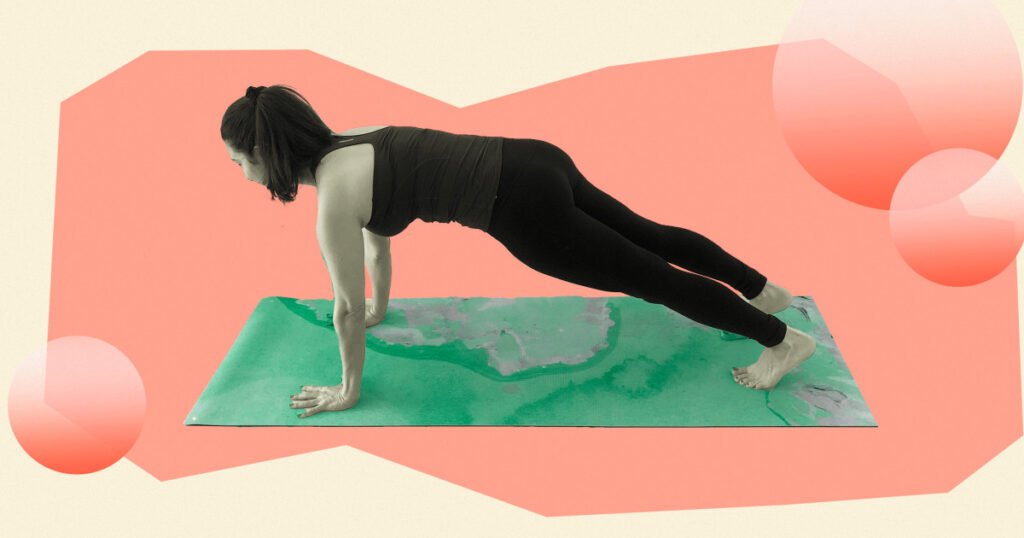Planks are a highly effective exercise that work the entire body, including the core, abs, arms, back, shoulders, glutes, and lower body. They can also help with back pain. It is recommended to include planks regularly in your workout routine, as they offer many benefits such as improved core strength, better balance, posture, and reduced belly fat. However, planks can be challenging and it is important to do them correctly to avoid injury.
One common mistake people make when doing a plank is arching their back, which can put strain on the spine. It is important to engage the core, tighten the abs, and maintain a straight line from head to heels. Another mistake is allowing the head to drop down, which can strain the neck. Keeping the head aligned with the body and gaze on the floor in front of the hands can help maintain proper form.
To do a plank with proper form, start by placing your hands and knees on a mat, aligning your shoulders over your wrists. Make sure your hips are further forward and knees are behind your hips. Engage your abs by imagining pulling your stomach away from an imaginary fire. Lift your legs, squeeze your quads, and keep your head and neck elongated. Check your form in a mirror to ensure you are in a straight line.
If you are new to fitness or struggle with maintaining proper form in a full plank, you can start with a modified plank. This involves bending the knees and resting on the ground while keeping the torso straight. This modification allows you to build core strength and focus on form without the risk of injury. Start slow and gradually work your way up to a full plank by increasing the time you hold the position.
To build up core strength and prepare for a full plank, you can try various plank exercises including wall pushups, modified plank, modified pushups, and forearm plank hold. These exercises help you get used to properly engaging your core and the entire body, which is essential for performing a full plank. Gradually increase the time you hold each position until you feel ready to attempt a full plank, starting slow and focusing on form to avoid injury. With practice and consistency, you can improve your strength and endurance with planks.











